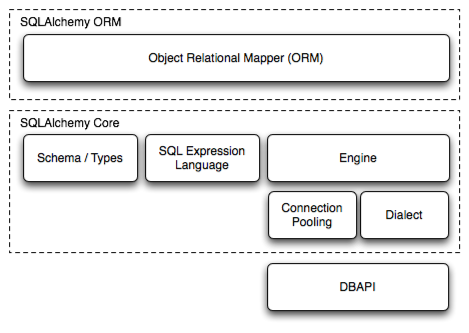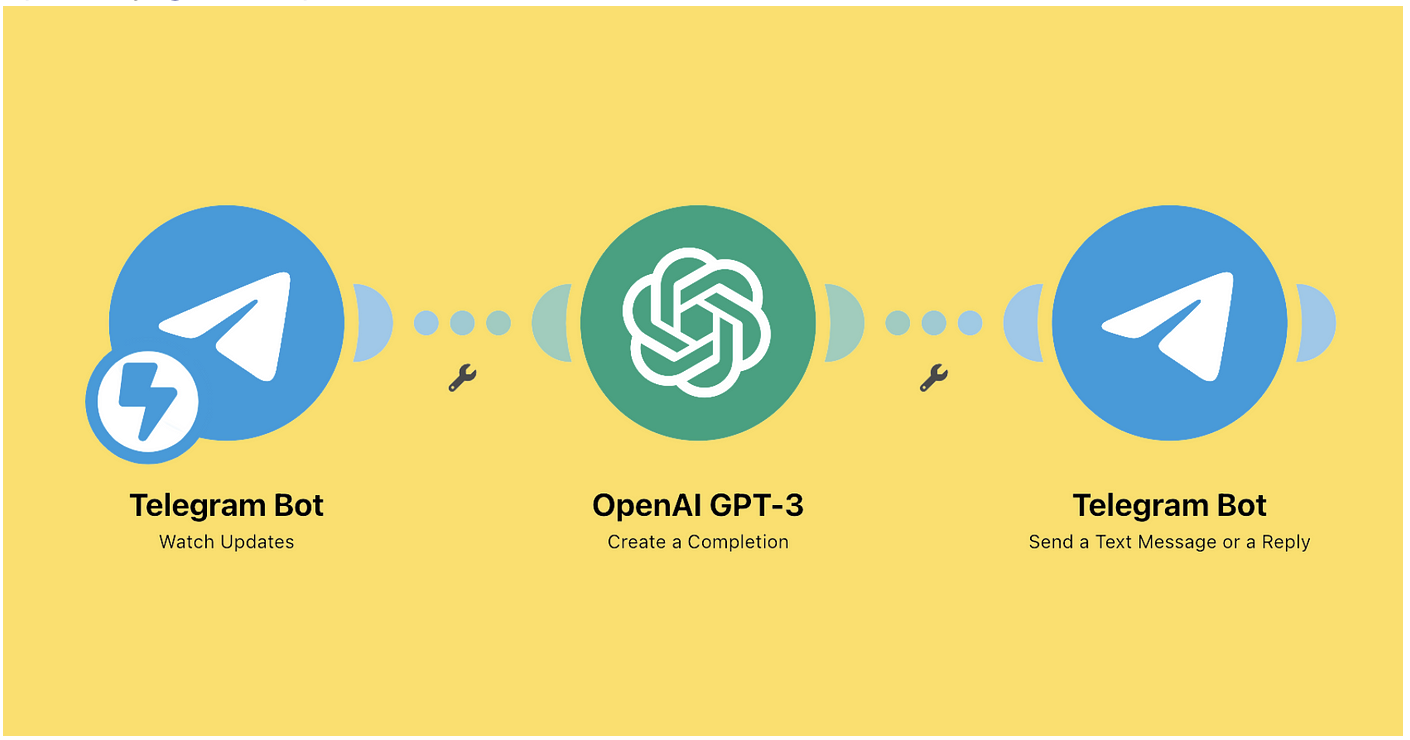When you deploy code from a repo, class (file) deletion might not be reflected by your CICD system.
Here's a simple one-liner to automatically delete all classes in a specified package that have not been imported. It can be easily adjusted for a variety of adjunct tasks:
set packages = "USER.*,MyCustomPackage.*"
set dir = "C:\InterSystems\src\"
set sc = $SYSTEM.OBJ.LoadDir(dir,"ck", .err, 1, .loaded)
set sc = $SYSTEM.OBJ.Delete(packages _ ",'" _ $LTS($LI($LFS(loaded_",",".cls,"), 1, *-1), ",'"),, .err2)
The first command compiles classes and also returns a list of loaded classes. The second command deletes all classes from specified packages, except for the classes loaded just before that.


.png)



